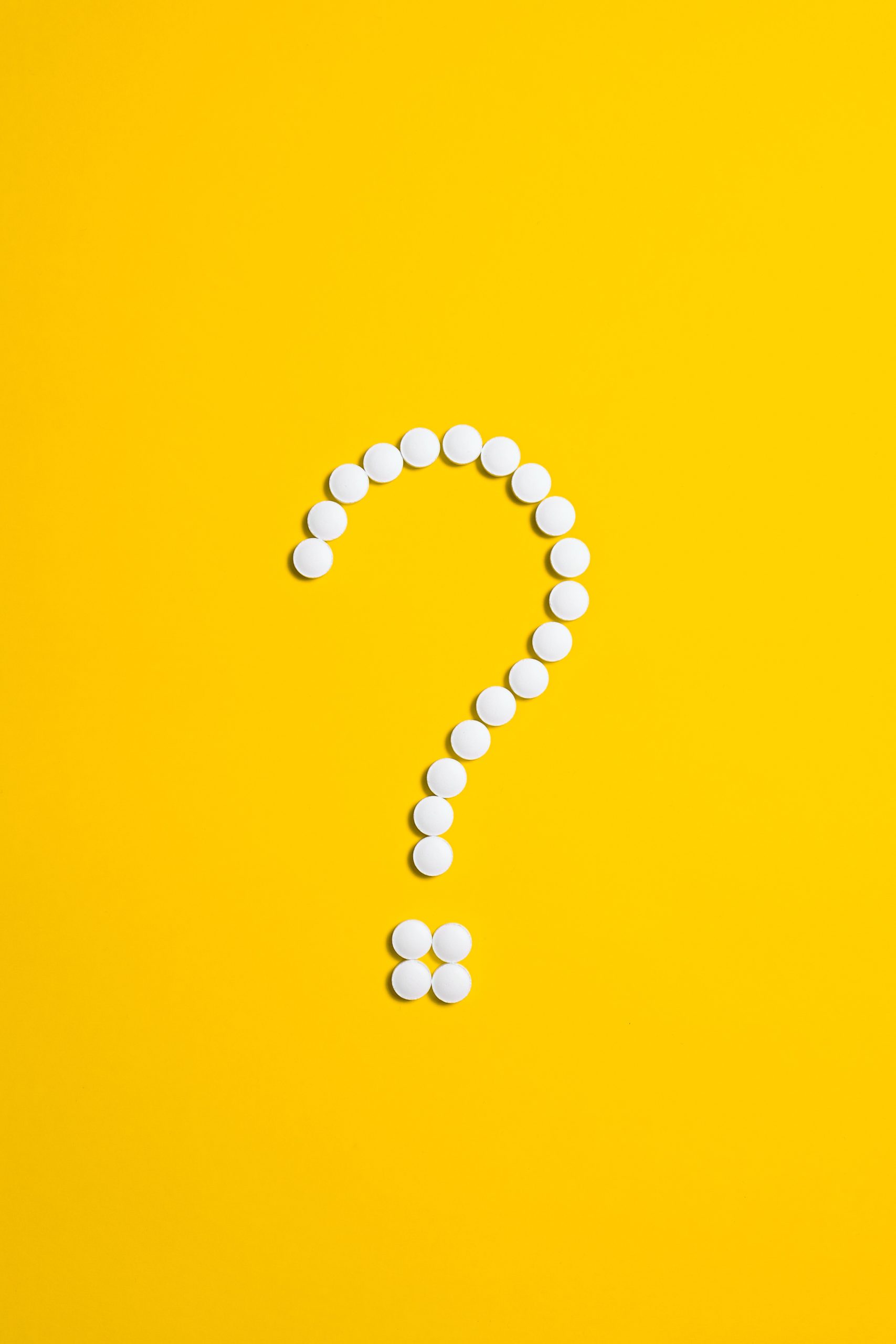Drug addiction is something that directly impacts millions of people each and every year across the United States. Drugs such as heroin, cocaine, methamphetamine, and prescription drugs are some of the most widely abused drugs in the country and have caused an insurmountable amount of personal destruction and death. Unfortunately, less than one quarter of all Americans living with a substance use disorder actually get the professional help they need to stop actively using and find their way into recovery. With so many people struggling with addiction, how come more people aren’t getting treatment? And how long is drug rehab?
There exist several obstacles to treatment for those who are addicted to drugs that keep them from getting the help they desperately need. One of the most notable challenges these individuals face is the stigma that continues to surround drug addiction. Despite all of the information available regarding addiction as a disease, there still remains a negative stigma about it. This often deters people from speaking up and asking for help because they are concerned about what others might think. Other common obstacles to treatment include not having the funds to pay for it or being uninsured. But on a personal level, many drug addicts do not want to go to treatment for fear of being away from their families and their everyday lives for too long. It is a common misconception that all addiction treatment consumes a person’s time from sunup to sundown. Addiction treatment is an absolute necessity for those who need it, as addiction is a deadly disease.
Length of Treatment: Determining Factors
Addiction treatment, on average, is typically provided in 30, 60, and 90-day options. That does not mean that a person cannot stay in treatment for 45 or 80 days, however it does help provide a ballpark for the length of time treatment may take. There are many determining factors that will play a role in how long drug rehab will last, including the following:
- Type of treatment program being attended
- The severity of an individual’s drug addiction
- How many times an individual has attempted to get sober
- If an individual has one or more co-occurring mental illnesses
- If an individual is experiencing polysubstance abuse
- If an individual requires detoxification services
- What an individual has for financing options
- What an individual’s home life is like
- If an individual is insured or not
- If an individual has moderate to severe physical health problems
Even though drug addiction can look similar in all types of people, every single individual who is experiencing drug addiction has their own unique needs. As a result, it is impossible to determine one set period of time a person needs in order to recover from this particular disease. That is why these factors are taken into consideration when placing an individual in the treatment program best suited for their personal situation.
Types of Treatment
There are a variety of different levels of addiction treatment available to those who need it. Prior to determining what program is best for an individual, it is important to determine if detox is needed before getting fully started.
Detox
Detox is the process of clearing the body of any and all addictive substances. The patient will stop using the substances that they were abusing and will go into withdrawal. At a treatment center, that patient’s symptoms can be monitored and treated if necessary by medical and mental health professionals. Depending on the severity of a person’s dependence, they can stay in detox for a few days or a few weeks. Once detox is completed, the patient can move into a therapeutic treatment program that meets their needs. If detox is not needed, a person’s drug rehab will begin when they are admitted into one of the programs below.
Inpatient treatment
Inpatient treatment, which is a type of treatment where an individual resides at the facility for the duration of their care, can last anywhere from 28-90 days. During that time, the patient participates in daily therapeutic treatment both individually and in groups, as well as learns about addiction as a disease, develops specific coping skills, and learns how to live life without the use of drugs. The time that is spent in this type of a program is based on the needs of the patient and the recommendations of the staff who are treating them.
Intensive outpatient program (IOP)
Intensive outpatient programs, or IOP’s, are ideal for patients who have already completed inpatient treatment or who require a strong structure for their care but who do not need to live at the facility. In the event that a person transitions from inpatient treatment to an IOP, they will simply add the time they spend in the IOP to what they already spent in their inpatient program. On average, an IOP can last anywhere from 6-12 weeks.
Partial hospitalization program (PHP)
Partial hospitalization programs are slightly more intense than an IOP but not as intense as inpatient treatment. A PHP is a good choice for someone who needs regular, consistent supervision due to a health related issue or who is not steady enough in their recovery to be in a lower level of care. Like IOP’s, a PHP can run from 6-12 weeks.
Outpatient treatment
Outpatient treatment is a good option for individuals who are experiencing a mild drug addiction or who have already completed another treatment program but want to continue their care. Those who participate in outpatient treatment can also expect to be there for about 8-12 weeks.
The period of time that a person remains in drug rehab not only depends on the factors previously discussed, but also what their overall treatment plan will be (especially if they go through more than one program).
Drug Rehab in Ohio
If you are struggling with a drug addiction, do not try to go it alone. We are here to help guide and support you on your journey towards recovery. Do not wait any longer. Call us right now to get started on a new life.






